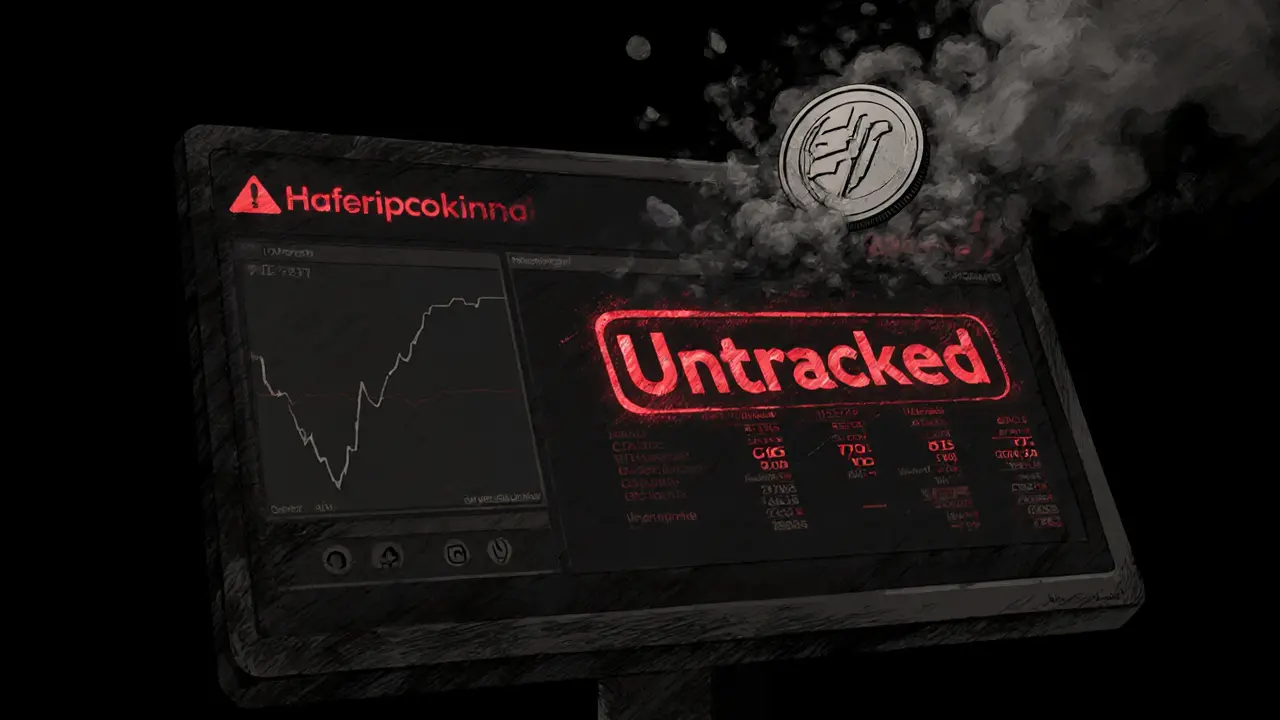Dexfin claims to be a secure, fast crypto exchange, but it has no trading volume, no users, and no verifiable tech. Avoid this untracked platform and stick with proven DEXs like Uniswap or dYdX in 2025.
Dexfin Exchange: What It Is, Why It's Not Listed, and What to Watch For
When you hear Dexfin exchange, a crypto trading platform that claims to offer low fees and high liquidity but lacks public verification. Also known as Dexfin.io, it appears in forum threads and Telegram groups—but not on any major crypto directory. That’s not an accident. Most legitimate exchanges get listed on CoinMarketCap or CoinGecko within months of launch. If Dexfin isn’t there, it’s because it doesn’t meet basic transparency standards—no audit reports, no team names, no public liquidity proofs.
What you’re seeing with Dexfin is a pattern seen over and over: platforms that look real but leave no digital footprint. Compare that to Binance, the world’s largest crypto exchange with verified trading volumes, public security audits, and regulatory compliance across multiple jurisdictions, or even Bitay, a smaller exchange that’s still tracked on blockchain explorers despite being unlisted on major aggregators. Dexfin doesn’t even have that. No GitHub repo. No Twitter history older than six months. No customer support email that works. That’s not niche—it’s a warning sign.
Why do these platforms still get traction? Because they copy the look of real exchanges. They use clean UIs, fake testimonials, and promises of 10% staking rewards. But real DeFi platform, a decentralized system that allows users to trade, lend, or earn crypto without intermediaries, backed by open-source code and on-chain verification doesn’t hide behind a domain name. It lets you verify its contracts on Etherscan or BscScan. Dexfin doesn’t offer that. It’s a storefront with no warehouse.
If you’re wondering whether Dexfin is safe, the answer is simple: if you can’t find it on a trusted tracker, it’s not safe. The same goes for any exchange that doesn’t publish its reserve proofs, has no known team, or changes its domain every few months. These aren’t startups—they’re temporary setups built to collect deposits and disappear. You’ll find plenty of examples in the posts below: platforms that vanished after promising big returns, tokens with zero supply but fake prices, and exchanges that shut down overnight after collecting user funds.
What you’ll find here isn’t a review of Dexfin—it’s a collection of cases just like it. Real stories about platforms that looked promising but turned out to be traps. Learn how to spot the signs before you deposit. Know what questions to ask. Understand why some exchanges get listed and others don’t. And most importantly, learn how to protect your crypto from the next Dexfin that pops up tomorrow.

